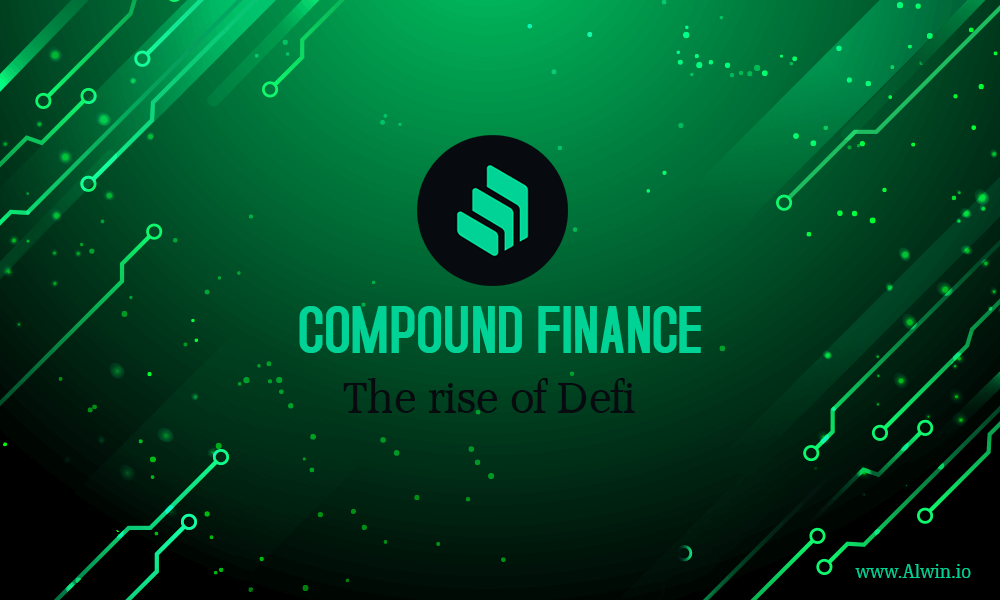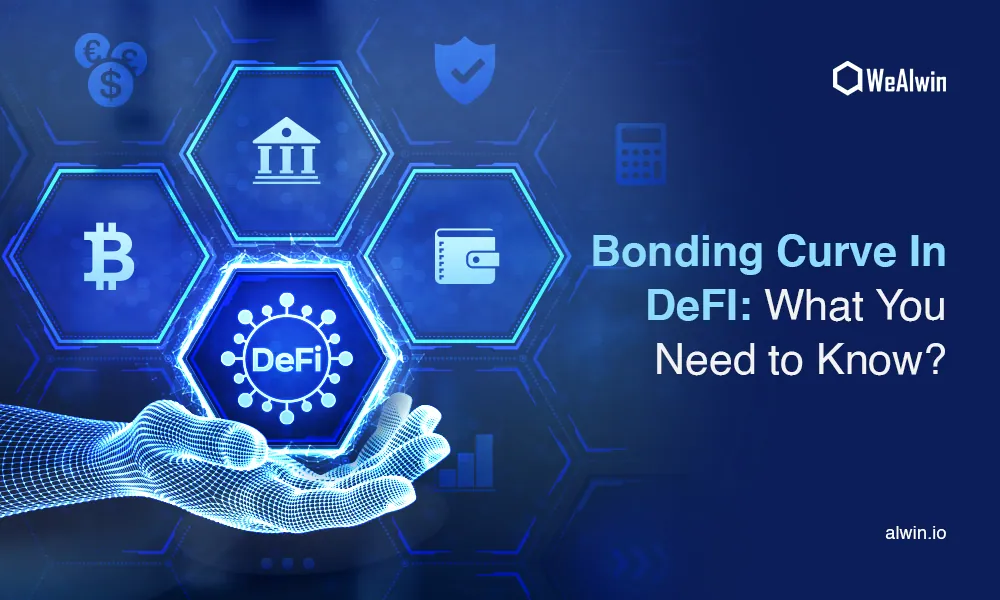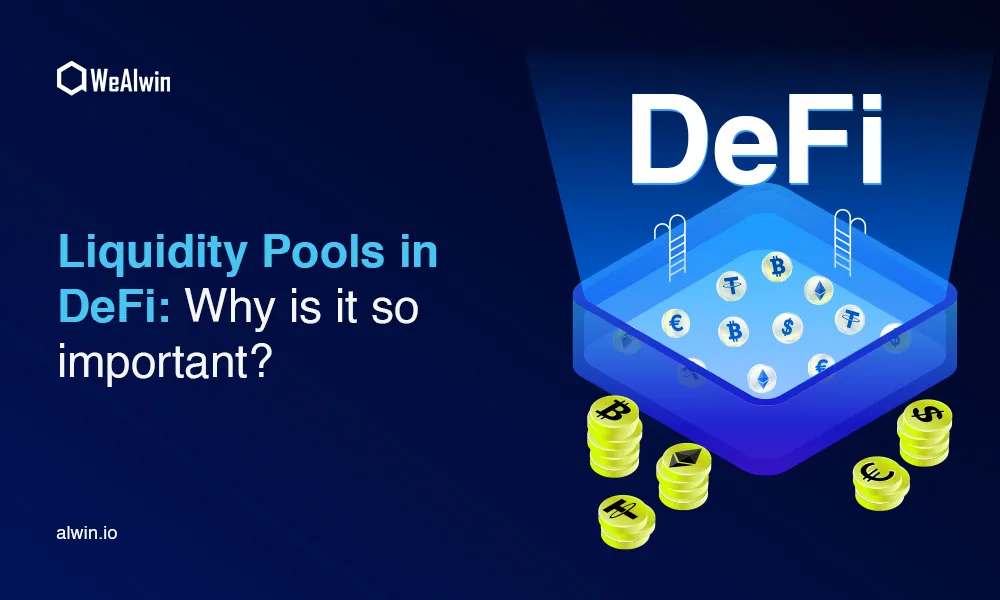
Compound finance is operated, decentralized, interest rate protocol for lending and borrowing cryptocurrencies. Compound Finance is a San Francisco based total business enterprise which raised an $eight.2M seed round in may of 2018 and a $25M series A round in November of 2019. Financing rounds were lead through industry giants such as but no longer constrained to Andressen Horowitz, Polychain Capital, Coinbase Ventures and Bain Capital Ventures.
Introduction
Compound Finance is a sector-leading lending protocol enabling users to lend and borrow famous cryptocurrencies like Ether, Dai and Tether. Compound leverages audited smart contracts accountable for the storage, management, and facilitation of all pooled capital. Users hook up with Compound through web3 wallets like MetaMask with all positions being tracked the use of interest-earning tokens called cTokens.
Compound is heads down on Compound V3 following the discharge of their governance token – COMP.
When you consider that being listed on Coinbase, COMP governance has saved a steady drift, nicely highlighted by way of a liquid governance method wherein everybody could make a proposal, but it simplest gets positioned to vote casting if 1M COMP is delegated closer to it. This comes with votes to permit tokens lent on Compound, like UNI, to be used in governance. Compound’s new governance device is nicely underway, with close to 10 proposals being exceeded because it’s release. What’s specific about COMP’s governance version is that tokenholders can delegate their tokens to and deal with in their preference. Handiest folks that keep extra than 1% of the supply can make new proposals.
What is compound finance?
Compound Finance is a DeFi lending protocol and it is an algorithmic money market protocol. You can think of it as an open market for money. It shall let customers deposit cryptocurrencies and earn interests, or borrow different crypto assets towards them. It uses smart contracts that automate the storage and management of the capital being brought to the platform. Any consumer can connect with Compound and earn interest in the usage of an internet 3.0 wallets, including Metamask. That is why Compound is a permissionless protocol. It approaches that every person with a crypto wallet and a web connection can freely have interaction with it.
Properly, suppliers and debtors don't need to negotiate the terms as they could in a more traditional putting. Both sides have interaction at once with the protocol, which handles the collateral and interest costs. No counterparties hold price range, as the property are held in clever contracts known as liquidity swimming pools.
Compound protocol
Compound is a protocol at the Ethereum blockchain that establishes money markets, that are pools of assets with algorithmically derived interest costs, primarily based on the supply and demand for the asset. Suppliers (and borrowers) of an asset interact without delay with the protocol, incomes (and paying) a floating interest rate, while not having to negotiate terms consisting of adulthood interest value.
How does compound finance work?
Positions (furnished belongings) in Compound are tracked in tokens called cTokens, Compound's local tokens. CTokens are ERC-20 tokens that constitute claims to a portion of an asset pool in Compound. Compound leverages internet 3.0 wallets inclusive of Metamask, Argent, or Coinbase wallet for get right of entry to. As soon as linked, customers are brought to the Account review phase. From right here, customers can select any asset(s) and liberate the market they wish to interact with. After an asset has been enabled, users are then able to deliver or borrow said property.
The process for lending property is pretty honest. Really allow a supported asset and signal a transaction approving the quantity of capital you want to supply capital to Compound. Belongings are instantly delivered to the global delivery pool with interest being tracked in actual-time. Each asset has a unique supply and Borrow APR, both of which alternate frequently relative to supply and call for at any given time. While imparting assets to the protocol, users get hold of cTokens – Compound’s native tokens – which constitute claims to a portion of any given asset pool.
Tokens can be redeemed at any time, with the borrowed price range right away turning into available inside the connected wallet to be freely sent to anyplace the consumer chooses. So that you can borrow assets, users must first supply collateral to earn “Borrowing strength”. Each asset has a completely unique Collateral aspect, that means a few assets can also enable extra Borrowing strength than others.
The supported assets of compound finance:
- ETH(Ether)
- USDC(US Dollar Coin)
- WPTC(Wrapped Bitcoin)
- DAI(Dai)
- USDT(Tether)
- ZRX(Ox Token)
- BAT(Basic Attention Token)
- REP(Augur Reputation)
Compound governance
Compound began as an employer founded with the aid of Robert Leshner and funded by using undertaking capitalists. However, Compound Finance's governance is being step by step decentralized thanks to the COMP token. The token entitles token holders to charges and governance rights over the protocol. As such, token holders can make modifications to the protocol via development proposals and on-chain balloting. Every token represents one vote, and holders can vote on proposals with their token holdings. Within the destiny, the protocol may be absolutely ruled by way of COMP token holders.
The agency’s shareholders will acquire a part of the COMP tokens all through the preliminary sandbox period. The shareholders can both delegate the voting weight to themselves or someone else.Maximum of the COMP tokens will be escrowed, and as a result, will no longer take part in governance.Compound builders are advocated to participate in governance actively.


















